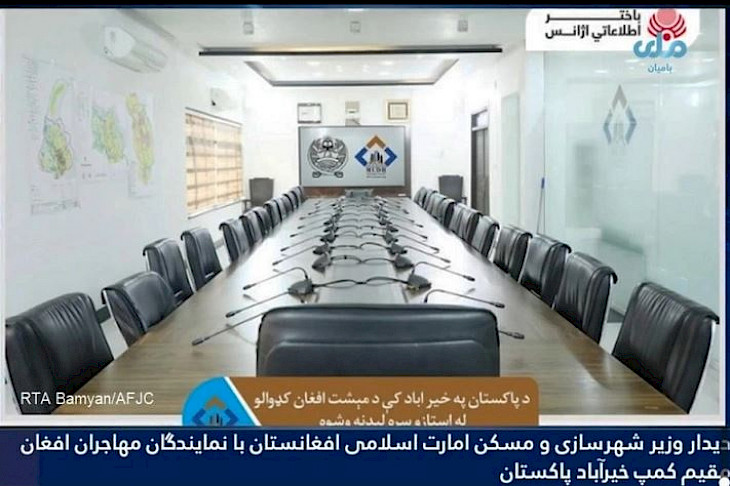The number of Afghan provinces where a ban on filming and displaying images of living beings has been introduced has reached 15, reports Ferghana.ru, citing the Afghan Journalists Center (AFJC).
The ban was introduced in accordance with Clause 3, Article 17 of the Law on the Promotion of Virtue and Prevention of Vice. Local authorities have been instructed not to allow journalists or private individuals to conduct photo or video recording of meetings and events under any circumstances.
“The directive clearly states that any violations will result in legal action,” the AFJC noted.
Local media outlets have also received verbal instructions from authorities to ensure compliance with the law.
Television channels now broadcast reports exclusively in audio format, supplemented with images of inanimate objects, landscapes, buildings, and interiors.
Since the adoption of the Law on the Promotion of Virtue and Prevention of Vice in August 2024, the ban has been implemented in 15 out of 34 Afghan provinces.
The list includes Kandahar, Takhar, Badghis, Helmand, Nangarhar, Nuristan, Farah, Badakhshan, Baghlan, Nimroz, Jawzjan, Zabul, Parwan, Bamyan, and Kunduz.
The AFJC condemned the ban on displaying living beings, stating that such restrictions violate the principles of freedom of expression and access to information, contradict Afghanistan’s media laws, and endanger the work of journalists.
“It is critically important to uphold media freedom and ensure that journalists can carry out their duties without fear or danger,” the AFJC emphasized.
According to AFJC data as of March this year, 470 media outlets operate in Afghanistan, including 84 television stations, 273 radio stations, 57 news agencies, and 52 print publications.
CentralasianLIGHT.org
April 25, 2025

